10 Cooking Techniques for Roasting Vegetables
Do you struggle to get really great-tasting roasted veggies? It may seem easy enough – put the vegetables on a baking sheet, season them, turn on the oven, and wait for it to be done. However, there are many ways it can go wrong. Unleash the deep and wonderful flavors of vegetables with these ten techniques.
1. Pick The Right Vegetables
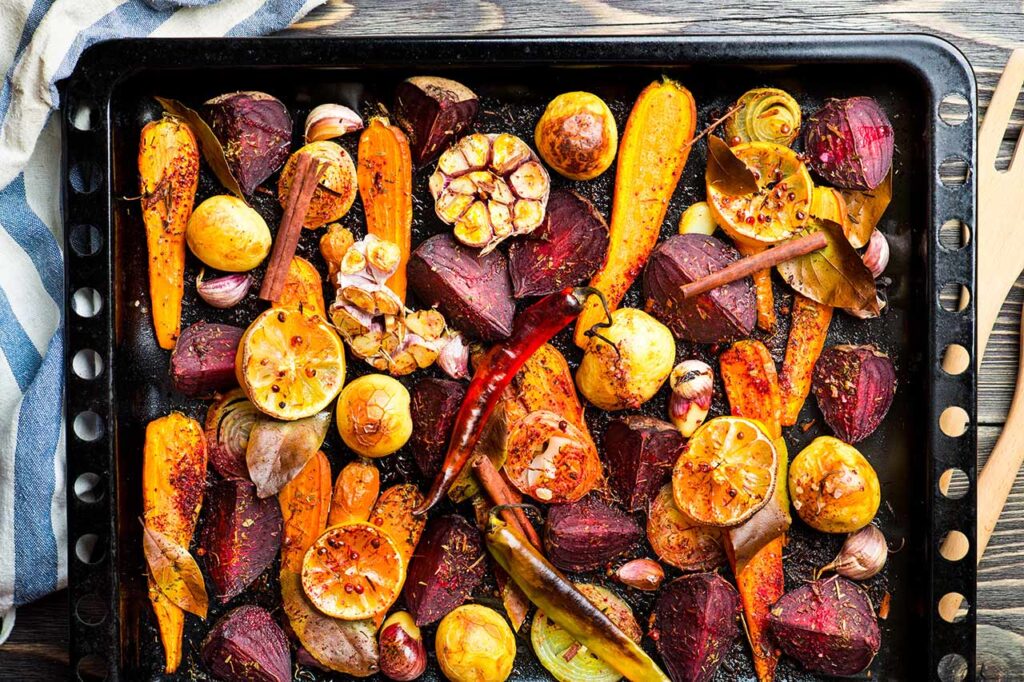
Not all vegetables are suited for roasting. Some veggies can “take the heat” in that they will turn out great no matter what you do to them. These include potatoes, Brussels sprouts, carrots, artichokes, and sweet potatoes (Most root veggies). On the other hand, certain vegetables like eggplant and zucchini have a high water content that requires some precision when roasting. Otherwise, you could end up with a soggy baking pan. Meanwhile, green leafy vegetables like kale and spinach will crisp up to the point of being inedible when you put them into an oven, so they must be watched carefully or not roasted at all.
2. Cut The Vegetables Into Uniform Sizes

The next step to perfectly roasted vegetables is uniform cutting. You can decide on the ideal size and shape as long as they are the same size. This ensures even cooking. If they are cut into odd sizes, some will burn, while others won’t be finished when you pull them out of the oven.
3. Use a Proper Baking Sheet
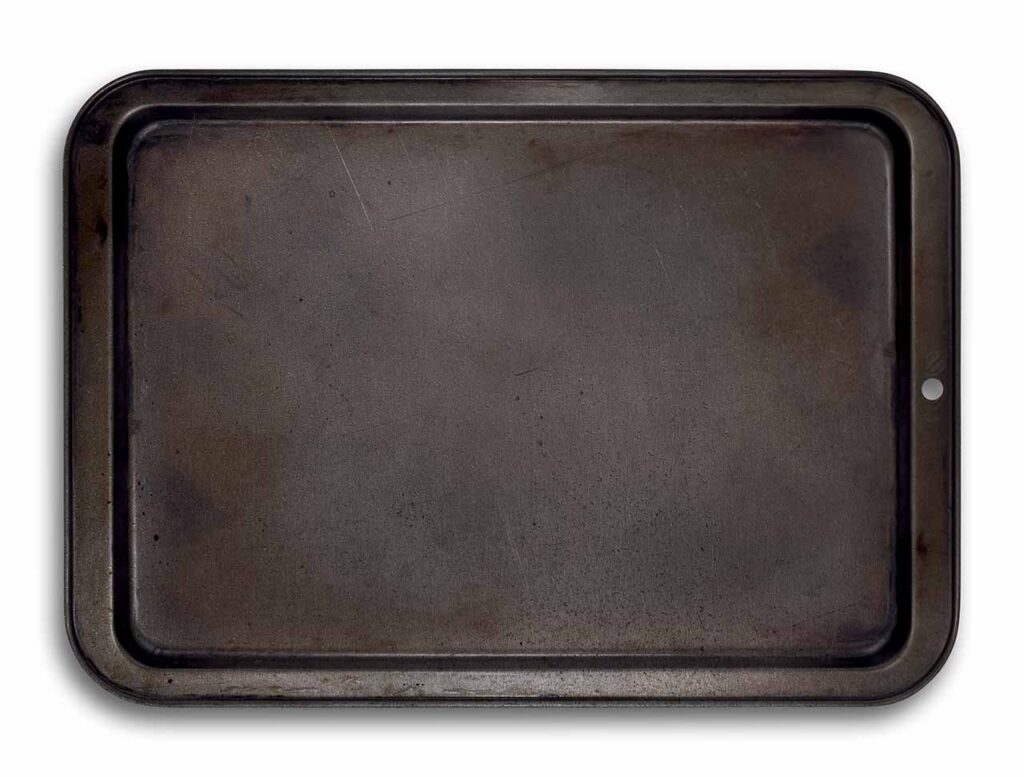
When roasting vegetables, a flat baking sheet is the best option versus a deep one. When you use a deep-edged baking sheet, it will trap the steam in the pan, resulting in veggies being soggy instead of crispy. A flat pan allows better heat circulation around the vegetables for faster and even roasting.
4. Avoid Using Too Much Oil

Oiling your vegetables is recommended to allow them to soak in the seasoning, herbs, and spices you add just prior to roasting. It also prevents the vegetables from drying up too much during the roasting process. But, using too much oil can make the vegetables soggy. The best technique is to use 2 tablespoons of oil per baking sheet. Use your hands to make sure the oil gets evenly distributed.
5. Give Them Space
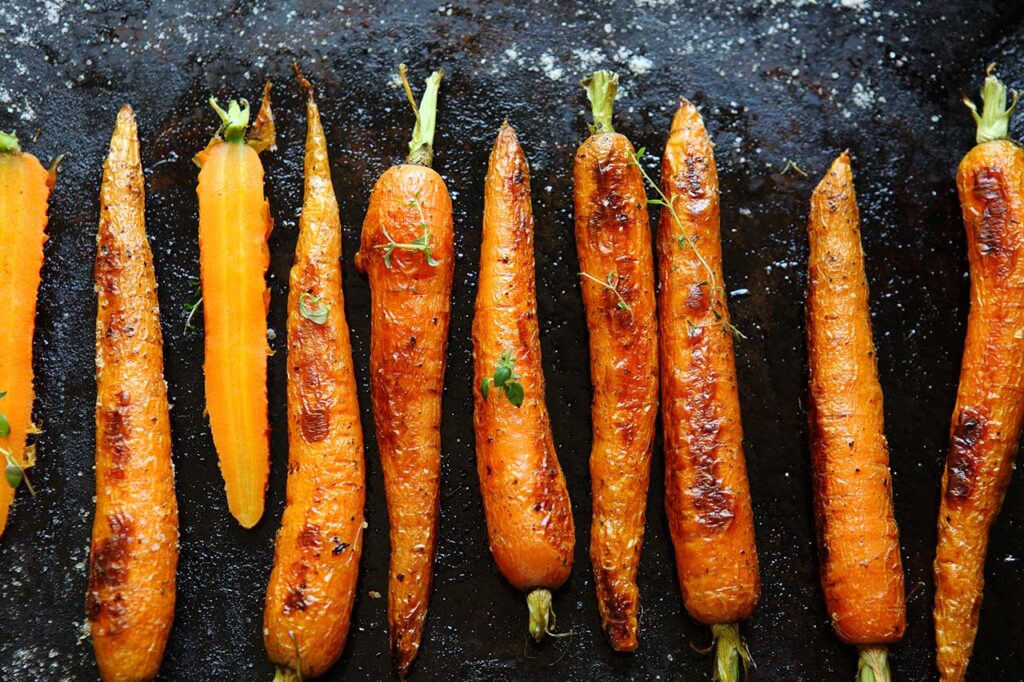
Roasting vegetables is convenient because you only have to toss the sliced vegetables onto a baking sheet. However, it is crucial to maintain a single layer of vegetables and provide some space between each slice rather than cramping them together. This will promote better heat and air circulation to aid roasting.
6. Use the Right Oven Setting

There are several cooking settings on an oven, so make sure you choose the right one for perfectly roasted vegetables. The air circulation function, if you have it, is the best setting for roasting vegetables. This setting promotes hot air circulation inside the oven to cook the vegetables and provide a beautiful, crispy exterior.
7. Add the Right Amount of Salt & Spices
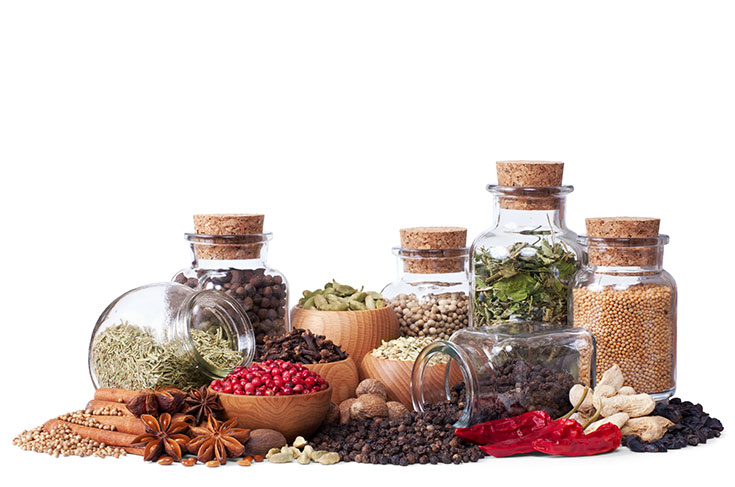
Seasoning your roasted vegetables is a must. You can use salt and pepper, but adding herbs and spices is the way to go. Pick your favorite spices and bless those veggies liberally with them.
8. Master the Roasting Time
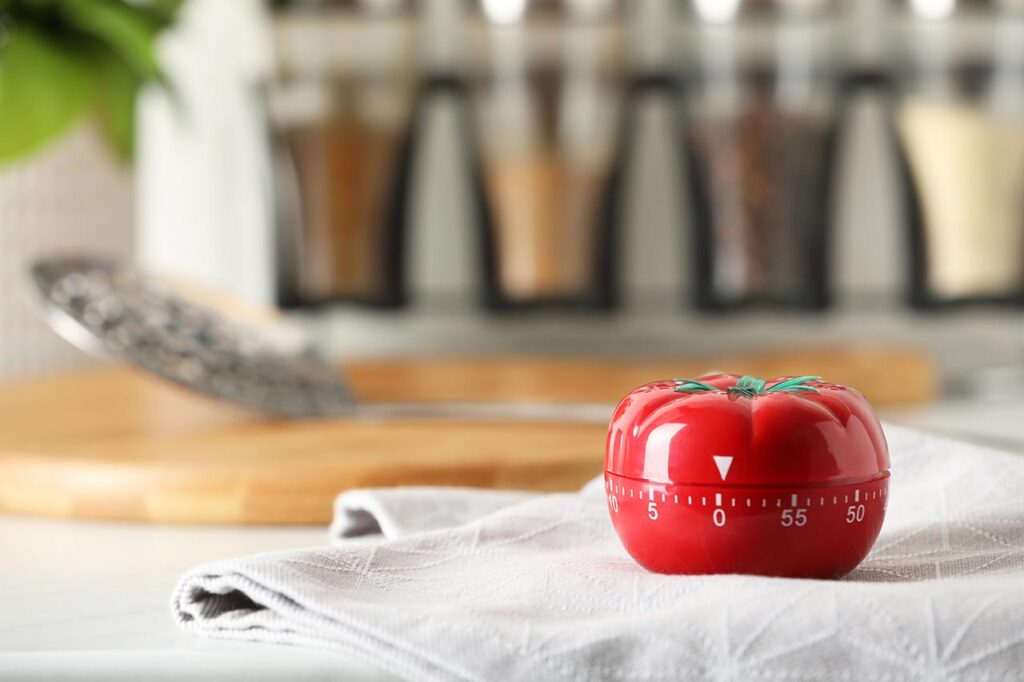
Vegetables have different roasting times. You must master that to ensure that they are not only cooked but that they are perfectly roasted. Carrots, sweet potatoes, and beets need at least 30-45 minutes to roast. Broccoli, fennel, tomatoes, and eggplant need 20 to 30 minutes. It’s sometimes best to group vegetables on smaller, quarter-size sheet pans so you can remove a particular vegetable from the oven when it’s done while letting other pans with different vegetables continue to roast.
9. Bring The Heat Up
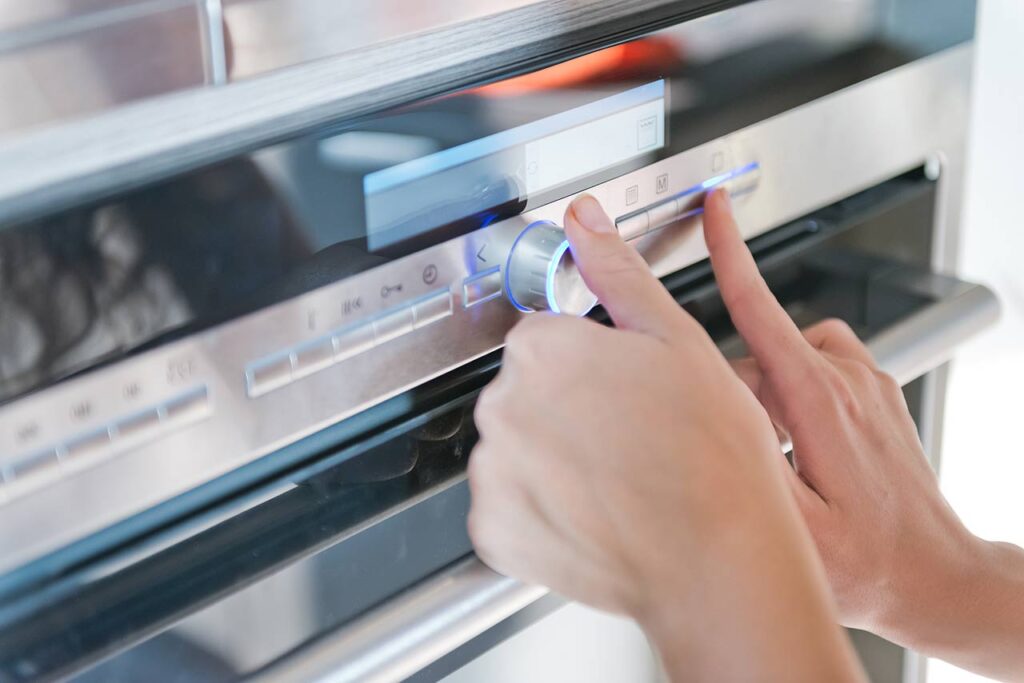
Roasting with high heat is the ideal way to ensure you have cooked and perfectly roasted vegetables. Set the oven to 400-450 degrees F. This heat setting will cook the vegetables for 20-40 minutes, depending on the type of vegetables. Tomatoes are an exception to this because they require low and slow roasting.
10. Center the Baking Sheet
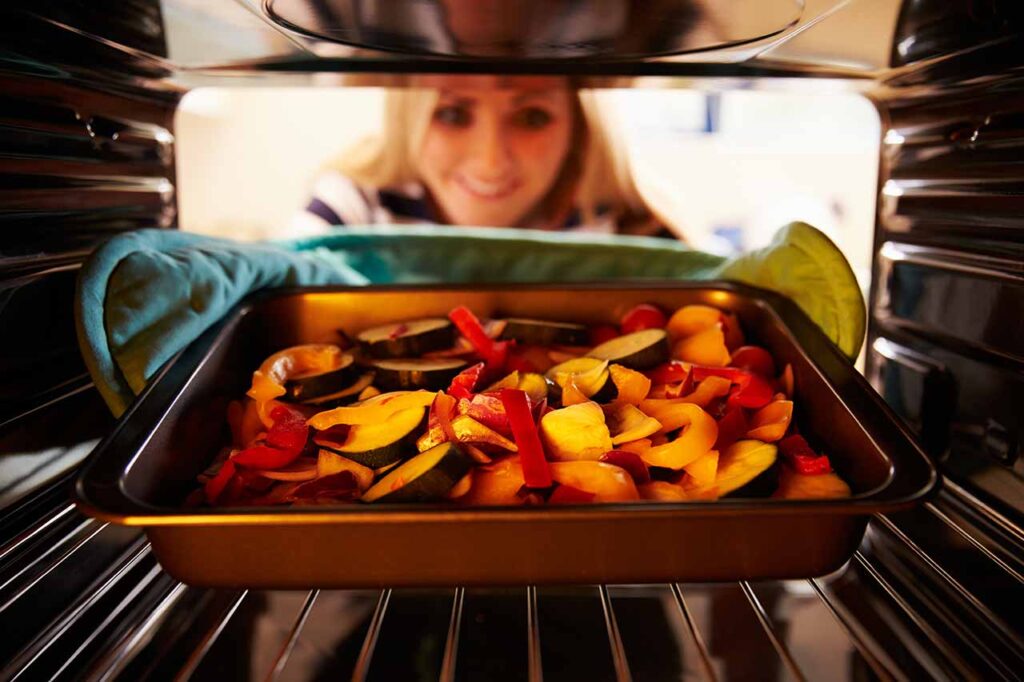
Position the baking sheet at the center of the oven. If you’re using more than one baking sheet, place them side by side on the same shelf. It will allow better heat and air circulation so the vegetables cook faster and evenly. This also ensures good caramelization of the vegetables.
How To Scramble Eggs Like A Pro

If your scrambled eggs always turn out less than stellar, here’s how the pros do it.
How To Freeze Avocados
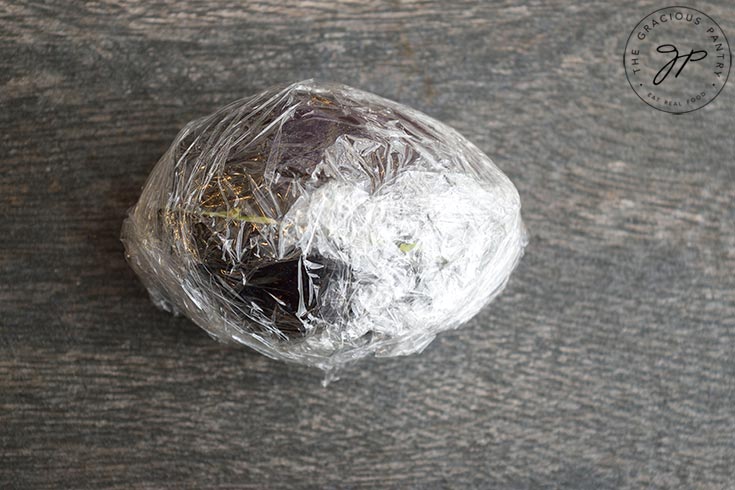
If you have a lot of avocados and no way to use them before they go bad, try freezing them.
How To Make Almond Milk

Interested in making almond milk at home? This guide will walk you through the steps.
This originally appeared on The Gracious Pantry.

